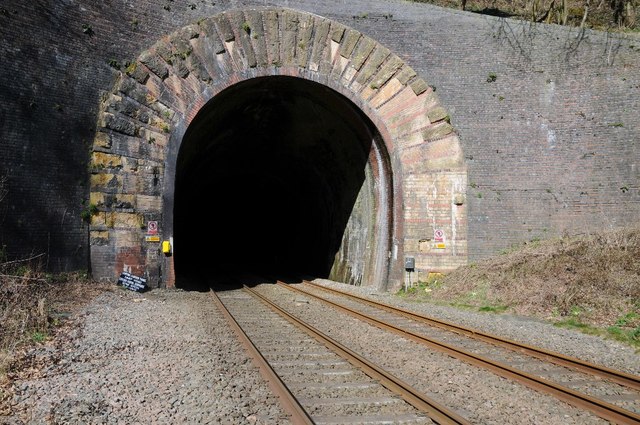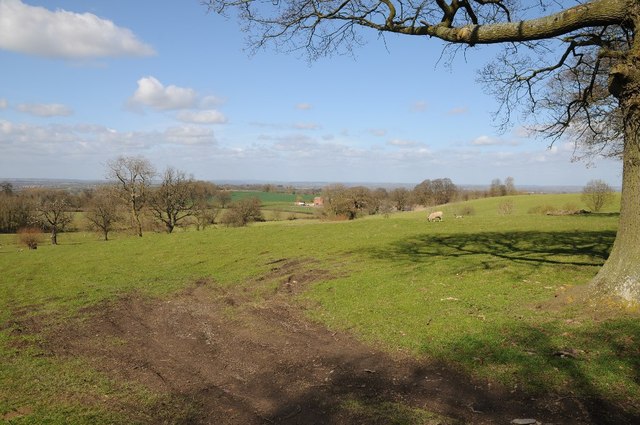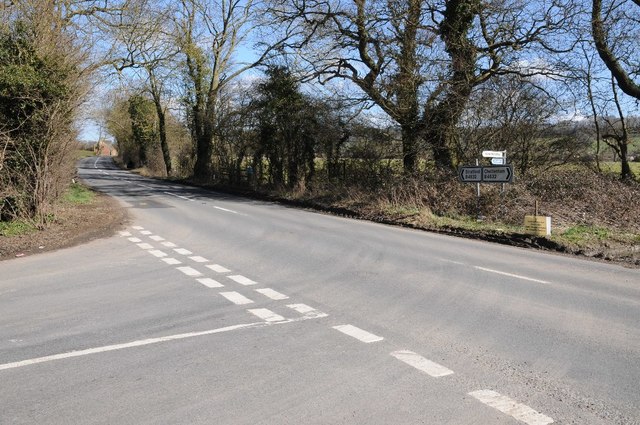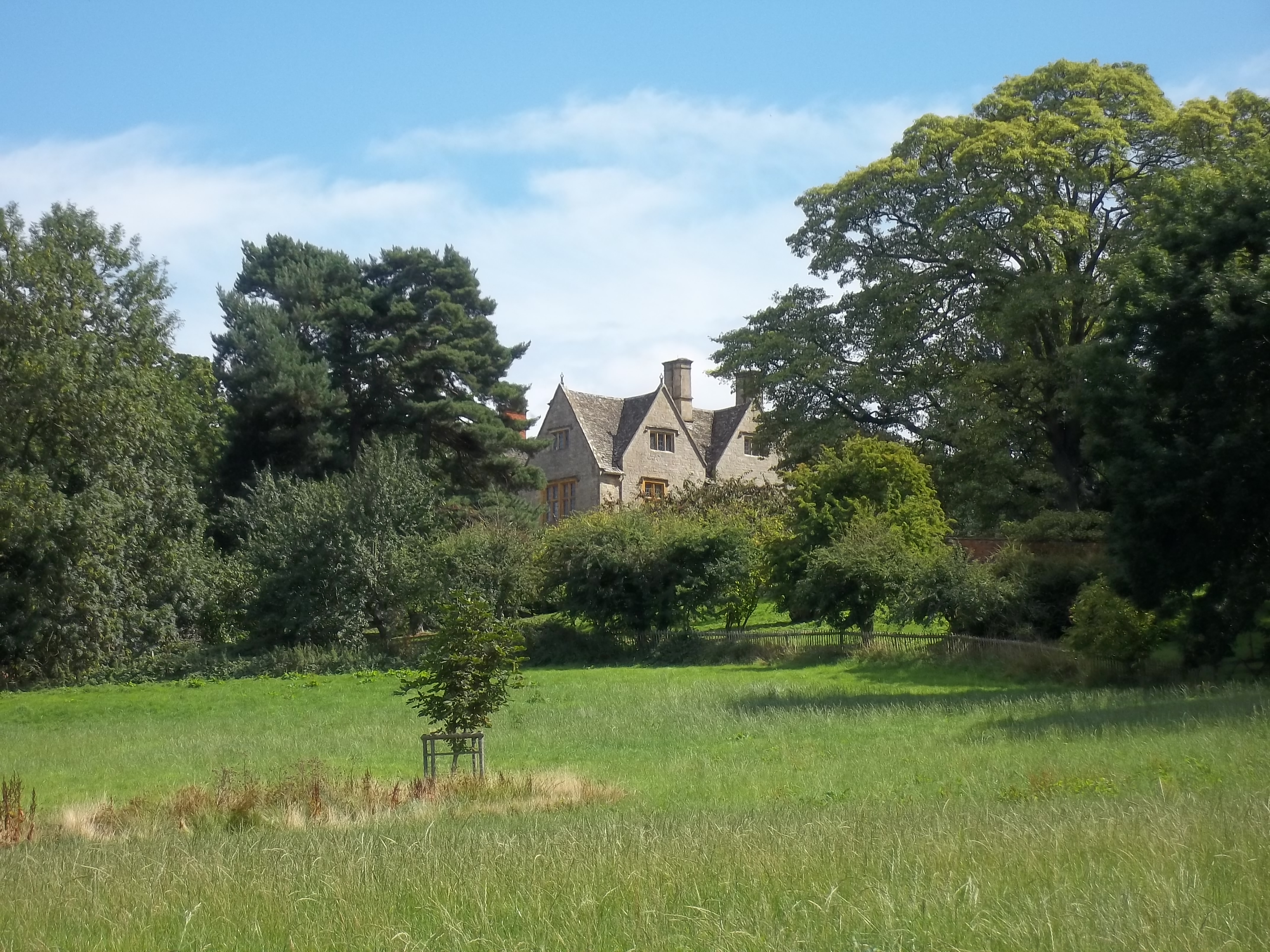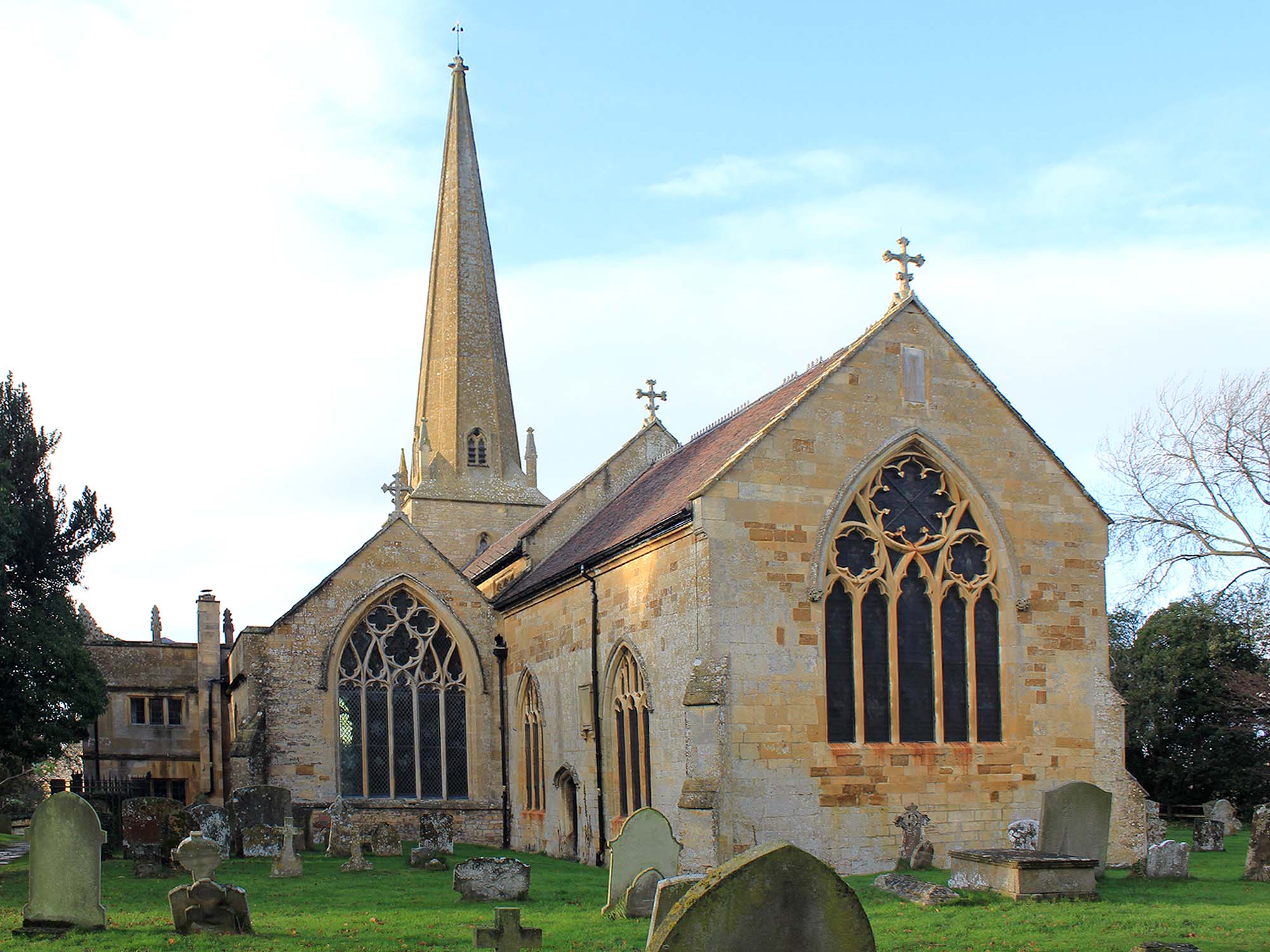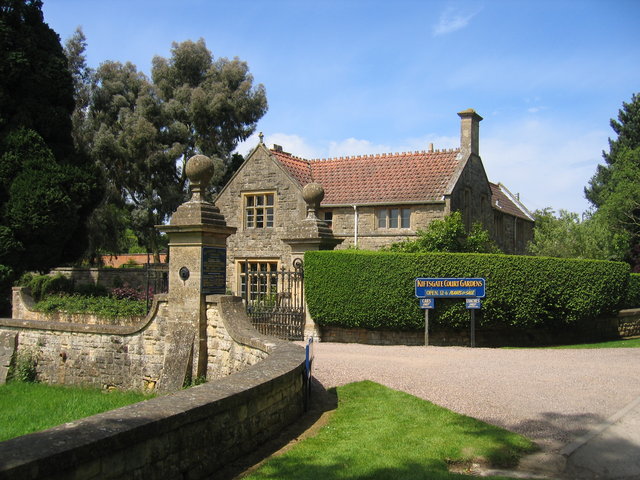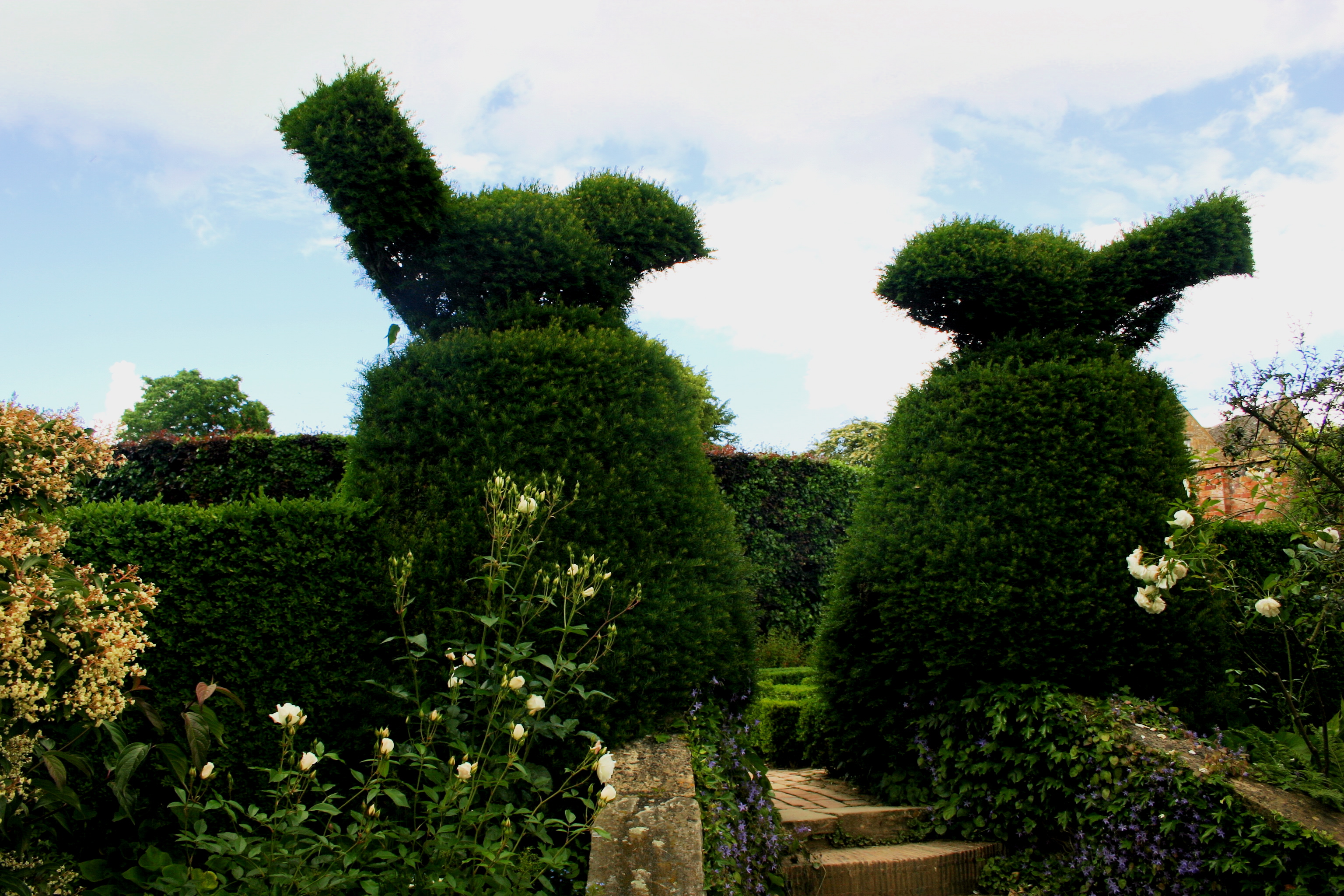Askey's Plantation
Wood, Forest in Gloucestershire Cotswold
England
Askey's Plantation

Askey's Plantation is a picturesque woodland located in the county of Gloucestershire, England. Situated within the stunning Forest of Dean, this plantation offers visitors a serene and natural environment to explore and enjoy.
Covering an area of approximately 50 acres, Askey's Plantation is predominantly made up of a mix of deciduous and coniferous trees. The plantation is well-managed, and the trees are carefully maintained to ensure their health and longevity. This creates a beautiful and diverse landscape, with a range of colors and textures throughout the seasons.
The woodland is home to a variety of wildlife, including deer, squirrels, and a wide range of bird species. Nature lovers will appreciate the opportunity to observe and appreciate the natural inhabitants of the area.
Askey's Plantation is open to the public and offers several walking trails, allowing visitors to explore the woodland at their own pace. These trails are well-marked and maintained, ensuring a safe and enjoyable experience for all. The plantation also provides picnic areas, allowing visitors to relax and take in the tranquil surroundings.
For those interested in the history of the area, Askey's Plantation has a rich heritage. It was once part of a larger estate and has been carefully preserved to maintain its historical significance.
In conclusion, Askey's Plantation in Gloucestershire is a stunning woodland that offers visitors a tranquil and natural environment to explore. With its diverse range of trees, wildlife, and walking trails, it is a haven for nature enthusiasts and history lovers alike.
If you have any feedback on the listing, please let us know in the comments section below.
Askey's Plantation Images
Images are sourced within 2km of 52.073981/-1.770407 or Grid Reference SP1541. Thanks to Geograph Open Source API. All images are credited.



Askey's Plantation is located at Grid Ref: SP1541 (Lat: 52.073981, Lng: -1.770407)
Administrative County: Gloucestershire
District: Cotswold
Police Authority: Gloucestershire
What 3 Words
///melon.drove.poses. Near Mickleton, Gloucestershire
Nearby Locations
Related Wikis
Campden Tunnel Gravel Pit
Campden Tunnel Gravel Pit (grid reference SP161408) is a 0.2-hectare (0.49-acre) geological Site of Special Scientific Interest in Gloucestershire, notified...
Mickleton Halt railway station
Mickleton Halt was a railway station on the Great Western Railway line between Oxford and Worcester Shrub Hill to serve Mickleton and the surrounding villages...
Burnt Norton (house)
Burnt Norton is a manor house in Aston-sub-Edge, near Chipping Campden, Gloucestershire, best known for being the inspiration for T. S. Eliot's poem of...
Church of St Lawrence, Mickleton
The Anglican Church of St Lawrence at Mickleton in the Cotswold District of Gloucestershire, England was built in the 12th century. It is a grade I listed...
Kiftsgate Court Gardens
Kiftsgate Court Gardens is situated above the village of Mickleton in the county of Gloucestershire, England, in the far north of the county close to the...
Three Ways House Hotel
Three Ways House Hotel is a hotel in Mickleton, Gloucestershire, England. Built in 1871 as a house for a doctor, the now hotel features a weekly dining...
Hidcote Manor Garden
Hidcote Manor Garden is a garden in the United Kingdom, located at the village of Hidcote Bartrim, near Chipping Campden, Gloucestershire. It is one of...
Mickleton, Gloucestershire
Mickleton is a village and civil parish in the Cotswold District of Gloucestershire, England. The village is the northernmost settlement in Gloucestershire...
Nearby Amenities
Located within 500m of 52.073981,-1.770407Have you been to Askey's Plantation?
Leave your review of Askey's Plantation below (or comments, questions and feedback).




